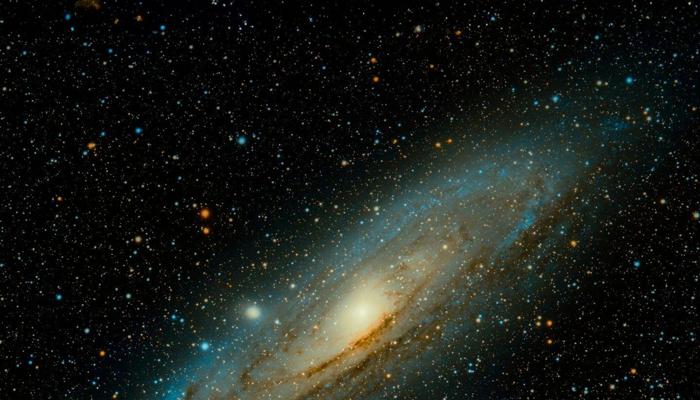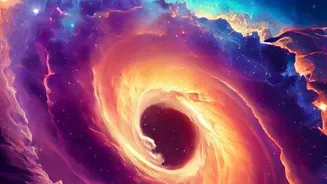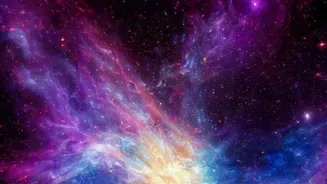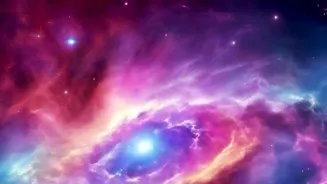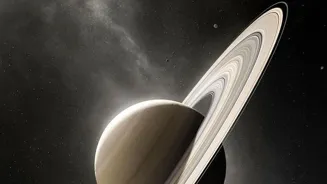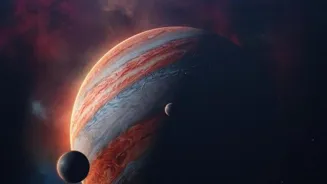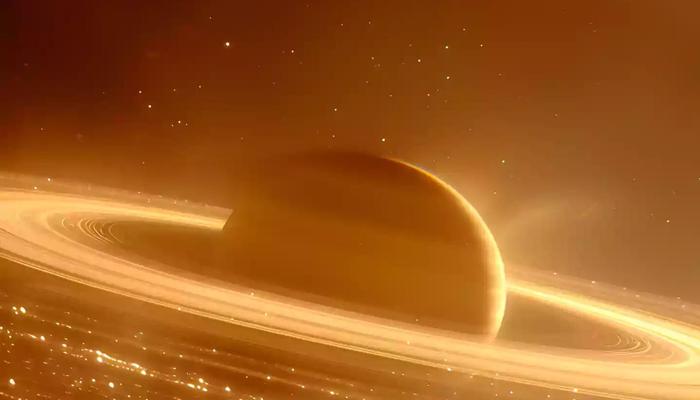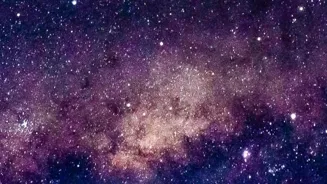Explore 10 amazing facts about the Andromeda Galaxy, our cosmic neighbor! A deep dive into its mysteries awaits you!
Folks, ever looked up at the night sky and wondered what's out there beyond the stars
twinkling above us? Well, let’s take a cosmic trip to our galactic neighbor, the Andromeda Galaxy! It's a swirling island of stars, just like our own Milky Way, and it's got some pretty amazing secrets to share.
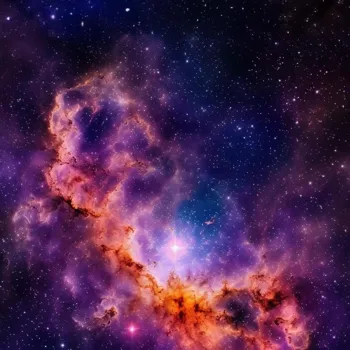
So, put on your imaginary spacesuits, and let’s dive into ten fascinating facts about the Andromeda Galaxy that will blow your mind!
Visible to the Naked Eye (Sometimes!)
You might be surprised to know that Andromeda is one of the few galaxies you can actually see without a telescope under the right conditions. If you're in a really dark location with minimal light pollution, look for a faint, fuzzy patch in the constellation Andromeda.
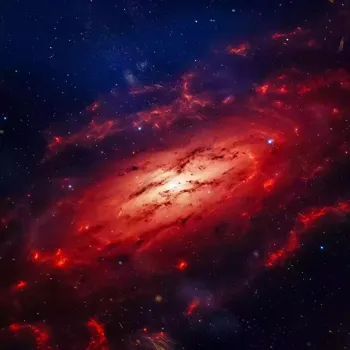
It’ll appear as a soft glow, a testament to the vastness of space and the power of starlight traveling millions of light-years to reach your eyes. Finding it needs patience and dark skies, but the reward is a glimpse of something truly awe-inspiring – another galaxy far, far away.
The Size of a Giant
Andromeda is a proper heavyweight in the galactic neighborhood. It's estimated to contain a trillion stars, possibly even more than our Milky Way. Think about that for a moment - a trillion suns, all bound together by gravity, forming this colossal structure.
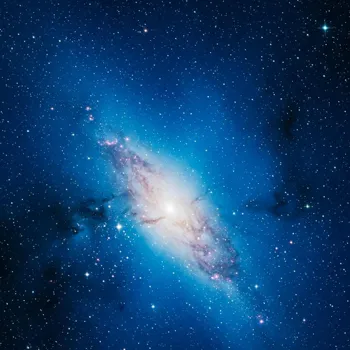
Its sheer size hints at the incredible forces and processes that have shaped it over billions of years. The galaxy stretches across an immense distance, making our own solar system seem like a tiny speck in comparison.
Imagine the different types of stars and planets hidden within its swirling arms!
A Galaxy on the Move
Andromeda is not just sitting still in space; it's actually hurtling towards us at a speed of around 110 kilometers per second! That's incredibly fast – like travelling from Delhi to Mumbai in a matter of seconds. Don't worry, though; it's not going to crash into us tomorrow.
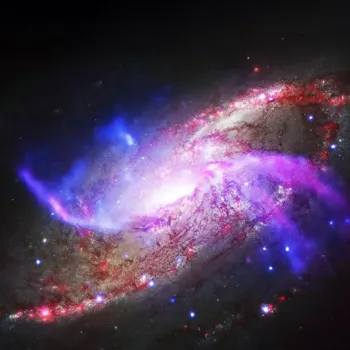
Scientists predict that the collision between Andromeda and the Milky Way won't happen for another 4.5 billion years. But when it does, it will be a spectacular event, reshaping both galaxies into a new, gigantic galaxy.
A Cannibalistic Galaxy
Just like in the animal kingdom, galaxies can be cannibals too! Andromeda has a history of gobbling up smaller galaxies that got too close. These galactic mergers leave telltale signs, such as streams of stars that have been ripped away from their original galaxies and are now orbiting Andromeda.
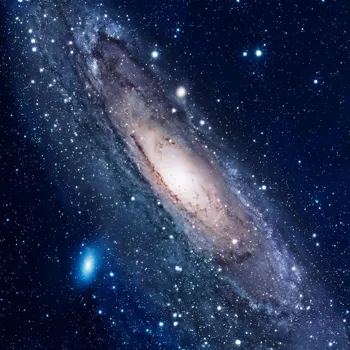
Studying these tidal streams helps astronomers understand the history of Andromeda and how it has grown over time. These events are a reminder that the universe is constantly changing and evolving.
Home to a Supermassive Black Hole
At the heart of Andromeda lies a supermassive black hole called Andromeda A. This monster has the mass of about 100 million suns! Black holes are regions of spacetime where gravity is so strong that nothing, not even light, can escape.
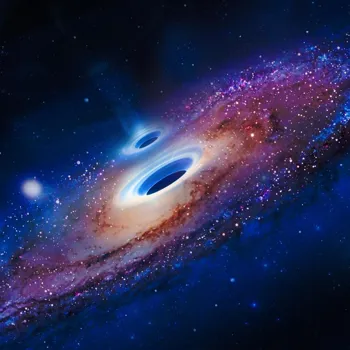
While they sound scary, supermassive black holes are actually common at the centers of galaxies, and they play a crucial role in regulating galaxy formation and evolution.
A Hub of Star Formation: Andromeda is a bustling hub of star formation, with new stars constantly being born out of clouds of gas and dust. These stellar nurseries are regions of intense activity, where gravity compresses the gas and dust until they ignite into fiery new stars. Observing these regions helps astronomers understand how stars are born and how they evolve over their lifetimes. Think of it as a cosmic factory, constantly churning out new suns!
Andromeda is incredibly far away, about 2.5 million light-years from us. This means that the light we see from Andromeda today started its journey 2.5 million years ago, long before humans even existed on Earth. When you look at Andromeda, you're essentially looking back in time.
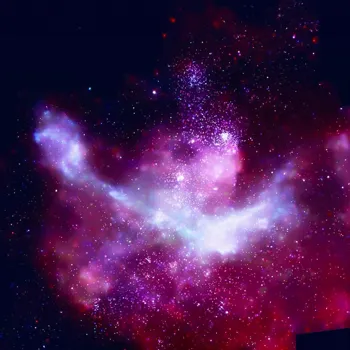
The galaxy may have changed significantly since then, but the light that reaches our eyes is a snapshot of its past.
The Andromeda Galaxy appears as a fuzzy patch in the night sky, but telescopes reveal its stunning spiral structure.
It has a central bulge, a bright nucleus, and swirling arms filled with stars, gas, and dust. These spiral arms are where most of the star formation takes place. The intricate details of Andromeda's spiral structure are truly breathtaking, a testament to the beauty and complexity of the universe.
Our Milky Way and Andromeda are destined to collide in the distant future. This collision is inevitable due to the gravitational attraction between the two galaxies. When they collide, they will not simply smash into each other and be destroyed.
Instead, they will gradually merge and merge over billions of years, eventually creating a new, larger galaxy. The resulting galaxy is sometimes referred to as "Milkomeda".
Scientists have studied Andromeda extensively, and there are still many mysteries about this galaxy yet to be solved.
Researchers use powerful telescopes and complex computer models to learn more about its composition, structure, and evolution. The more we study Andromeda, the more we realize how much we still have to discover about the universe.
Each new discovery brings us closer to understanding our place in the cosmos.
AI Generated Content. Glance/InMobi shall have no liability for the content